Liver cancer is one of the most challenging cancers to treat, especially in its advanced stages. For patients who may not be candidates for surgery or traditional treatments, an innovative option known as Y-90 Therapy (Yttrium-90 Radioembolization) has emerged as a highly effective alternative. This minimally invasive treatment delivers targeted radiation directly to liver tumors while preserving healthy tissue, improving both survival rates and quality of life.
What is Y-90 Therapy?
Y-90 Therapy, also called Selective Internal Radiation Therapy (SIRT), is a type of radiation therapy used primarily to treat liver cancer, including primary liver cancer (hepatocellular carcinoma, HCC) and metastatic liver tumors. The treatment involves the injection of tiny radioactive beads (microspheres) containing Yttrium-90 into the liver’s blood vessels, where they lodge in the tumor and emit high-dose radiation directly to cancer cells.
Unlike external beam radiation, which can affect surrounding organs, Y-90 Therapy precisely targets liver tumors with minimal impact on healthy tissues. This targeted approach allows for higher radiation doses to be delivered to tumors that might otherwise be untreatable with conventional methods.
Who Can Benefit from Y-90 Therapy?
Y-90 Therapy is particularly beneficial for patients with:
- Unresectable liver cancer – Tumors that cannot be surgically removed.
- Primary liver cancer (HCC) – When curative treatments like surgery or liver transplant are not an option.
- Metastatic liver tumors – Cancers that have spread to the liver from other organs, such as colorectal cancer.
- Portal vein thrombosis – Y-90 can be a safer option when surgery or transarterial chemoembolization (TACE) is not recommended.
It is often used as a stand-alone treatment or in combination with chemotherapy, immunotherapy, or other locoregional therapies.
Advantages of Y-90 Therapy
1. Minimally Invasive and Highly Targeted
The procedure is performed via a catheter inserted into the femoral or radial artery, delivering the microspheres directly to the liver tumors. Because the radiation is confined to the tumor, damage to healthy liver tissue is significantly minimized.
2. Prolonged Survival and Symptom Relief
Studies have shown that Y-90 Therapy can increase survival rates and improve patients’ quality of life by shrinking tumors, reducing pain, and slowing disease progression.
3. Suitable for Patients Who Cannot Undergo Surgery
For many patients with advanced liver cancer, surgical resection or transplantation is not an option. Y-90 Therapy provides a lifeline for these individuals by offering an effective treatment that can help control the disease and extend life expectancy.
4. Short Recovery Time and Fewer Side Effects
Compared to traditional cancer treatments, Y-90 Therapy has a relatively low risk of severe side effects. The most common post-procedure symptoms include mild fatigue, nausea, or abdominal discomfort, which typically resolve within a few days.
5. Can Be Combined with Other Cancer Treatments
Y-90 Therapy can be integrated with chemotherapy, immunotherapy, or systemic treatments to enhance effectiveness. In some cases, it can even shrink tumors enough to make surgery or transplantation possible.
How Does the Y-90 Procedure Work?
Step 1: Pre-Treatment Evaluation
Before undergoing Y-90 Therapy, patients undergo imaging tests such as CT scans, MRI, or angiography to assess the tumor’s location and the liver’s blood supply. A “test run” called a mapping angiogram is conducted to ensure the microspheres reach only the tumor without affecting other organs.
Step 2: Y-90 Microsphere Injection
The treatment itself involves inserting a catheter through the groin or wrist into the hepatic artery, which supplies blood to the liver tumors. The Y-90 microspheres are then delivered through this catheter, where they become lodged in the tumor’s blood vessels, emitting localized radiation.
Step 3: Post-Treatment Monitoring
After the procedure, patients are monitored for any immediate reactions and are typically discharged within a few hours. Over the following weeks, additional imaging scans are conducted to track tumor response and ensure effective treatment.
Potential Side Effects and Risks
While Y-90 Therapy is generally well-tolerated, some patients may experience:
- Fatigue
- Abdominal pain or discomfort
- Nausea or mild fever (commonly known as post-radioembolization syndrome)
- Temporary liver function changes
Severe complications are rare but can include radiation-induced liver disease or non-target radiation affecting the stomach or intestines. However, with proper patient selection and expert medical care, risks are minimized.
Is Y-90 Therapy Right for You?
If you or a loved one has been diagnosed with liver cancer and are exploring treatment options, Y-90 Therapy may provide a powerful and effective solution. Its ability to precisely target liver tumors while sparing healthy tissue makes it a promising treatment for many patients, even in advanced stages of the disease.


